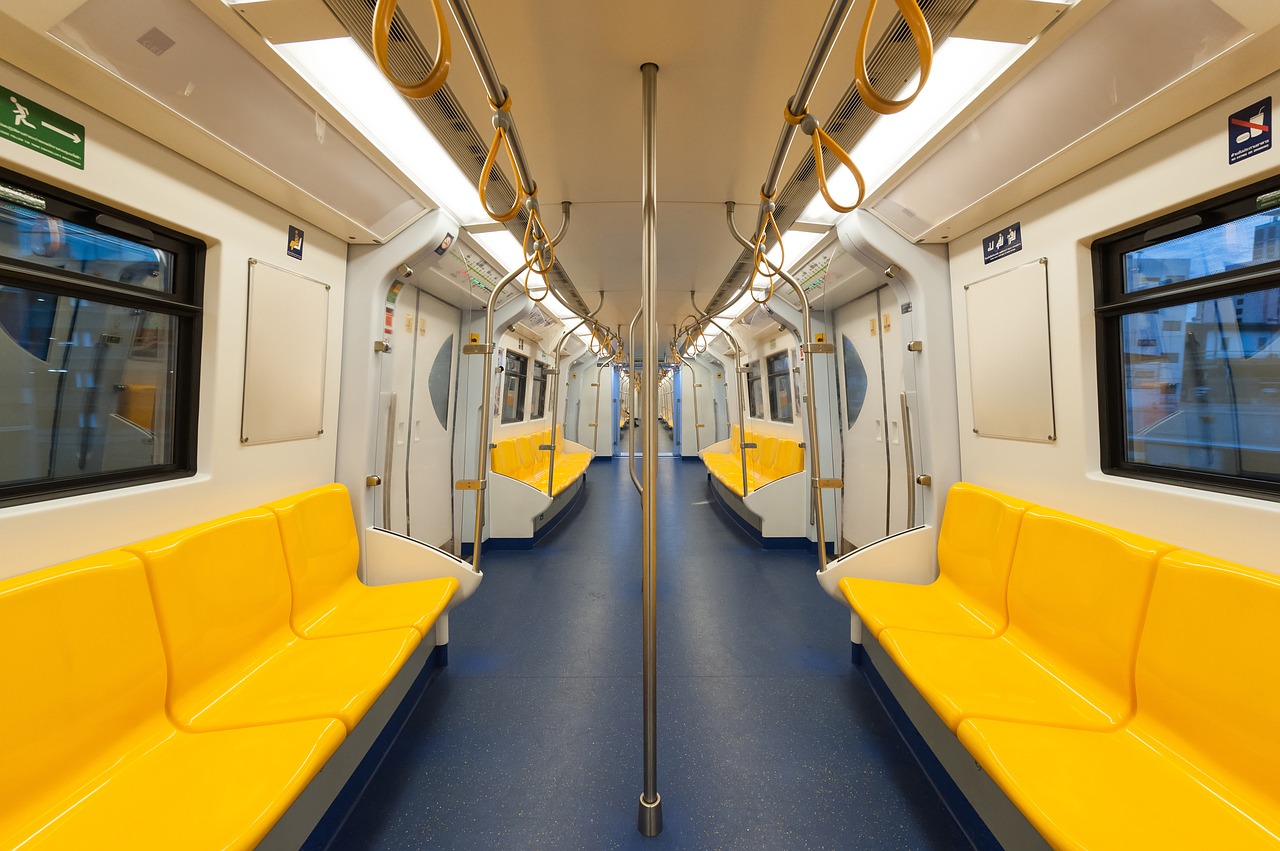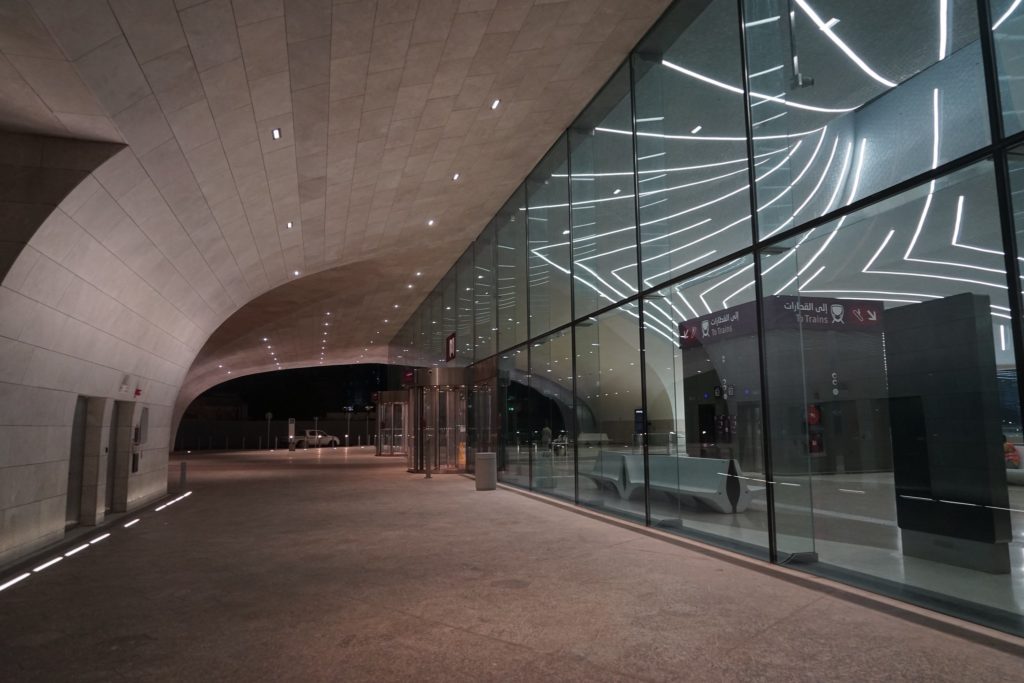Thirty-two national football teams and their fans will descend upon Qatar for the 2022 World Cup, slated for November 21–December 18. During this time, the country is expected to see a temporary population increase of 50 percent, thus making extensive infrastructure investment and development vital.
In addition to constructing eight new stadiums, Qatar has invested heavily in solar power technology to ensure players and fans can keep relatively cool in the 90° F heat. One of its most ambitious projects, however, is the country’s first-ever urban rail transport network, the Doha Metro.
Operational Ahead of Schedule
Plans for the Doha Metro originate back to 2007 when Qatar was preparing a bid to host the 2016 Summer Olympic Games. Although the country was unsuccessful in its bid, it followed through on the project with hopes of winning the bid for the 2022 FIFA World Cup. Construction of the $36 billion metro network began in 2013 with an operational target date of 2020. However, Qatar Railways Company, which became the sole owner of the project in 2011, reached this goal ahead of schedule—the underground system of driverless trains had its first passenger ride on May 8, 2019, as part of a soft launch.
It’s expected that by 2026, Doha Metro will have as many as 60 different stations across 217 kilometers of its Red, Green, and Gold lines. The soft launch in May involved the opening of 13 of the 18 Red Line stations, with service from Al Qassar to Al Wakrah.
More than 37,000 people tested out the service on its first day of operation, while an additional 49,000 did so the following day. One resident, when asked about the difference in travel time, noted it took her 15 minutes to travel from the Al Matar Al Qadeem station to the DEEC station at West Bay, a trip that typically took her an hour by car.
Residents are encouraged to continue riding the Doha Metro between Sundays and Thursdays (it will be shut down during weekends to allow for further construction on other lines) so that Qatar Rail can review and improve the passenger experience.
Stations feature air-conditioning, separate male and female prayer rooms, a police booth, a first-aid room, and a customer service center.
Accompanying App for Metro Cards
Further accommodating Doha Metro passengers, Qatar Rail has developed a mobile application that allows customers to purchase and top-up metro travel cards via credit card. Passengers can purchase Limited Use, Standard, or Gold travel cards, the latter two of which can be topped up with payments of QR10, QR50, or QR100.
Limited Use travel cards are best suited for those looking for either a single journey or a one-day pass. The price ranges from QR6 to QR30 depending on length and class of travel. Standard travel cards cost QR10, while Gold travel cards cost QR100 and include access to the more luxurious Gold Club sections in all Doha Metro trains.
Record Tunneling Efforts
The first half of Phase 1 of the Doha Metro project, according to Qatar Rail, was completed in September 2016. This work involved 76 breakthroughs from tunnel-boring machines (TBMs) to build 111 kilometers of tunnels under the country’s capital and took only 26 months, an outstanding achievement on a global scale.
A total of 21 TBMs were used concurrently to complete the tunneling works required for Doha Metro. As this was the most used in one city at any particular point in time, the project earned recognition from Guinness World Records. In completing the complex work in such short time, Qatar Rail emphasized settlement-free tunneling and had both workers and machines in operation on a 24-7 basis.
Boost to Tourism and Real Estate Sectors
While the primary reason behind the construction of the Doha Metro was to support Qatar’s bid for the 2022 FIFA World Cup, the transport system is expected to contribute to boosts in the country’s tourism and real estate sectors. In regard to tourism, much of Qatar’s prominent tourist locations will be easily accessible via the Doha Metro. The Red Line, which is already in operation, includes a station at Katara, known for hosting various regional and international events, and Lusail City, home to theme parks and numerous dining destinations.
The Green Line, which runs from Al Riffa to Al Mansoura, encompasses tourist destinations like the Mall of Qatar, Education City, and the Qatar National Library. Leveraging the Doha Metro to promote prominent events and attract tourists will be a key mandate for the Qatar National Tourism Council moving forward.
Similarly, key stakeholders in the country anticipate an increase in real estate costs, as has commonly been the case for properties located near metro station developments in other countries.
“Numerous accounts of recent experiences with the impact of rail transit on property values have surfaced within the past two decades regionally and internationally,” said the general manager of the ValuStrat Qatar office Pawel Banach, citing Singapore as a recent example. “Proximity to the metro system in Qatar may potentially become a trigger for real estate activity and development.”


